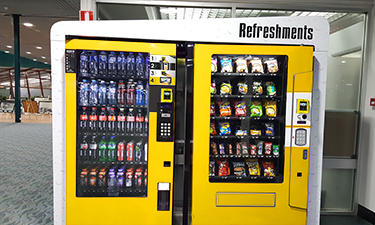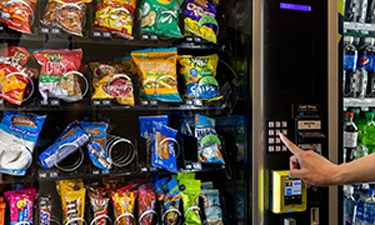Radio Frequency Identification (RFID) is a wireless technology that uses radio waves to automatically identify and track objects. It is used in a wide range of applications, including inventory management, asset tracking, and supply chain management. RFID systems consist of a reader, which emits radio waves, and a tag, which contains a microchip and an antenna.
How does RFID work?
RFID works by using a reader to emit radio waves, which are picked up by a tag. The tag contains a microchip and an antenna, which are used to receive and transmit signals. When the reader emits radio waves, the tag responds by transmitting its unique identification number back to the reader.
RFID systems can operate at different frequencies, depending on the application. Low-frequency RFID systems typically operate at 125 kHz, while high-frequency systems operate at 13.56 MHz. Ultra-high-frequency (UHF) systems operate at 860-960 MHz, and microwave systems operate at 2.45 GHz.
Uses of RFID
RFID is used in a wide range of applications, including inventory management, asset tracking, and supply chain management. It offers several benefits over other identification and tracking technologies, including the ability to read multiple tags simultaneously and the ability to read tags without line-of-sight.
In inventory management, RFID is used to track and manage inventory levels. RFID tags can be attached to individual items or pallets, allowing businesses to track the movement of inventory throughout the supply chain. RFID can also be used to monitor the condition of inventory, such as temperature and humidity.
In asset tracking, RFID is used to track and manage assets such as equipment and vehicles. RFID tags can be attached to assets, allowing businesses to track their location and monitor their condition. RFID can also be used to automate maintenance schedules and track usage.
In supply chain management, RFID is used to track and manage the movement of goods throughout the supply chain. RFID tags can be attached to individual items or pallets, allowing businesses to track the movement of goods from the manufacturer to the retailer. RFID can also be used to monitor the condition of goods, such as temperature and humidity.


